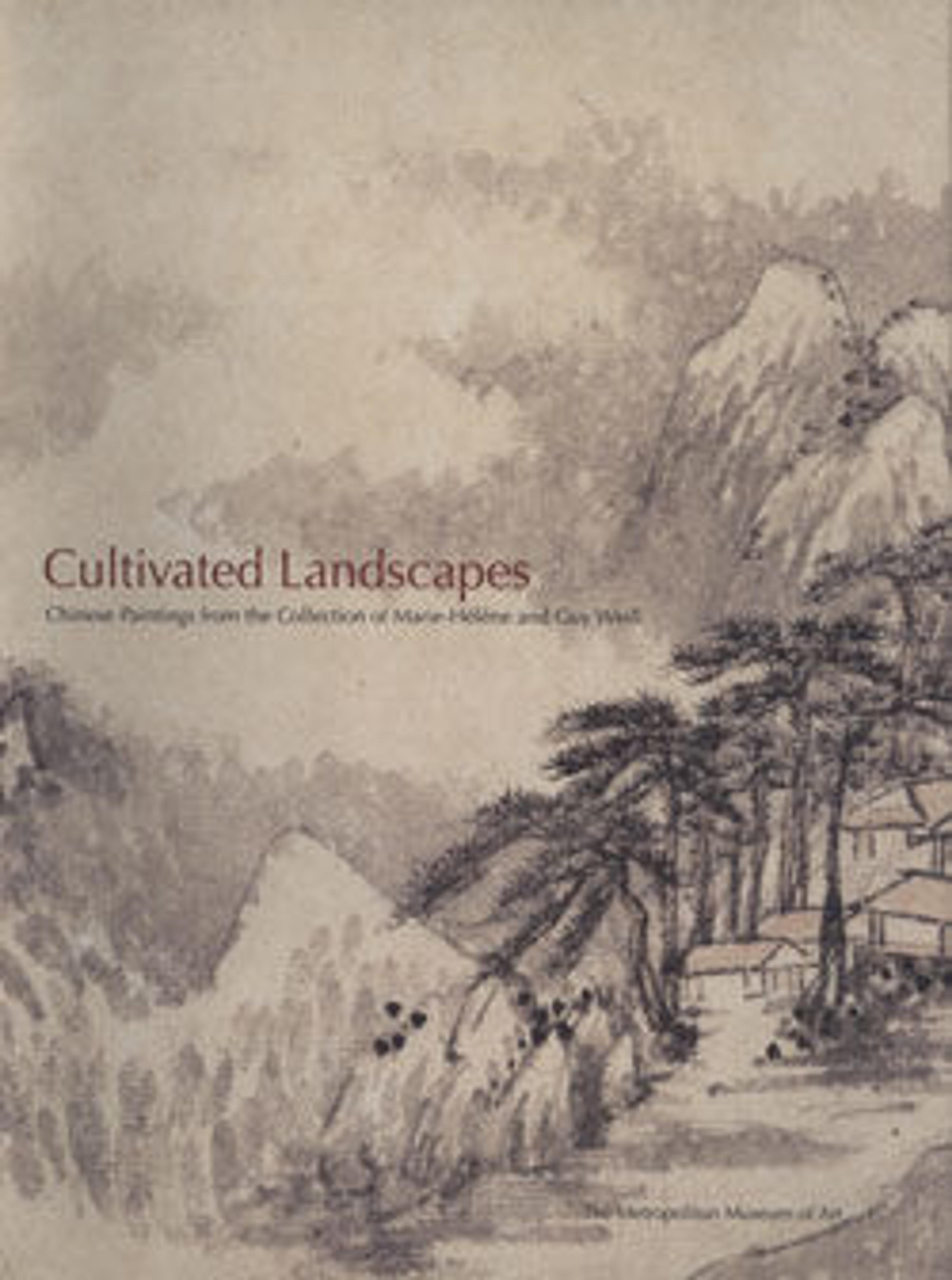Landscapes Painted for Yuweng
Fan Qi worked in an unusually precise and realistic style. He was also among those painters most clearly influenced by Western landscape techniques, which were imported to Nanjing through the prints, books, and paintings brought by Jesuit missionaries.
In this album Fan's interest in describing the changing seasons, times of day, and differing qualities of light and atmosphere recalls the descriptive goals of Song painting. In contrast to Song landscapes, Fan's minutely described scenery, his accurate use of foreshortening, and his interest in the coloristic effects of sunlight result in an almost documentary quality.
In this album Fan's interest in describing the changing seasons, times of day, and differing qualities of light and atmosphere recalls the descriptive goals of Song painting. In contrast to Song landscapes, Fan's minutely described scenery, his accurate use of foreshortening, and his interest in the coloristic effects of sunlight result in an almost documentary quality.
Artwork Details
- 清 樊圻 為玉翁作山水圖 冊
- Title: Landscapes Painted for Yuweng
- Artist: Fan Qi (Chinese, 1616–after 1694)
- Period: Qing dynasty (1644–1911)
- Date: dated 1673
- Culture: China
- Medium: Album of eight leaves; ink and color on paper
- Dimensions: 6 x 7 7/16 in. (15.2 x 18.9 cm)
- Classification: Paintings
- Credit Line: Bequest of John M. Crawford Jr., 1988
- Object Number: 1989.363.131a–h
- Curatorial Department: Asian Art
More Artwork
Research Resources
The Met provides unparalleled resources for research and welcomes an international community of students and scholars. The Met's Open Access API is where creators and researchers can connect to the The Met collection. Open Access data and public domain images are available for unrestricted commercial and noncommercial use without permission or fee.
To request images under copyright and other restrictions, please use this Image Request form.
Feedback
We continue to research and examine historical and cultural context for objects in The Met collection. If you have comments or questions about this object record, please complete and submit this form. The Museum looks forward to receiving your comments.
